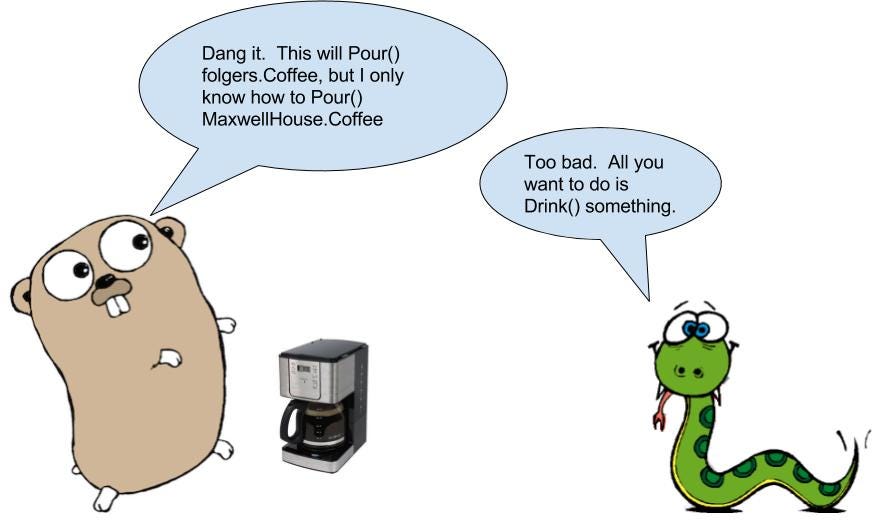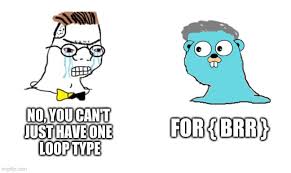Getting Started with Golang: The Basics
Golang, often called Go, is a modern programming language created by Google in 2009. Known for its simplicity, efficiency, and strong support for concurrent programming, Go has quickly gained popularity among developers worldwide. This guide covers the foundational concepts of Golang to help you get started.

1. Why Learn Golang?
- Simplicity: Go’s syntax is straightforward, making it easy to read and write.
- Performance: Compiled directly into machine code, Go delivers fast execution.
- Concurrency: Built-in support for concurrent programming via goroutines and channels.
- Robust Standard Library: Go comes with a rich set of libraries for various tasks, from networking to file handling.
- Cross-Platform: Go binaries are portable, making deployment seamless across different systems.
2. Installing Go
- Download the Go installer from the official Go website.
- Follow the installation instructions for your operating system.
Verify the installation by running:
go version
3. Hello, World in Go
Let’s start with a simple "Hello, World!" program:
package main
import "fmt"
func main() {
fmt.Println("Hello, World!")
}- package main: Defines the package as the main package, which is the entry point of the program.
- import "fmt": Imports the fmt package for formatted I/O.
- func main(): The main function is the program’s starting point.
- fmt.Println: Prints text to the console.
Run the program with:
go run main.go
4. Variables and Constants
Variables are declared using the var keyword or shorthand := syntax:
package main
import "fmt"
func main() {
var name string = "Alice"
age := 25
fmt.Printf("Name: %s, Age: %d\n", name, age)
}Constants are declared with the const keyword:
const Pi = 3.14
5. Data Types
Go supports several data types:
- Basic Types: int, float64, string, bool
- Composite Types: array, slice, map, struct
Example:
var numbers = []int{1, 2, 3, 4}
for i, num := range numbers {
fmt.Printf("Index: %d, Value: %d\n", i, num)
}
6. Control Structures
- If-Else:
if age := 18; age >= 18 {
fmt.Println("Adult")
} else {
fmt.Println("Minor")
}- For Loop:
for i := 0; i < 5; i++ {
fmt.Println(i)
}- Switch Case:
switch day := "Monday"; day {
case "Monday":
fmt.Println("Start of the week")
case "Friday":
fmt.Println("End of the week")
default:
fmt.Println("Midweek")
}
7. Functions
Functions in Go are first-class citizens:
func add(a int, b int) int {
return a + b
}
func main() {
result := add(5, 3)
fmt.Println("Result:", result)
}
8. Error Handling
Go’s error handling uses explicit return values:
package main
import (
"errors"
"fmt"
)
func divide(a, b int) (int, error) {
if b == 0 {
return 0, errors.New("division by zero")
}
return a / b, nil
}
func main() {
result, err := divide(10, 0)
if err != nil {
fmt.Println("Error:", err)
} else {
fmt.Println("Result:", result)
}
}
9. Concurrency
Go’s goroutines make concurrent programming simple:
package main
import (
"fmt"
"time"
)
func say(message string) {
for i := 0; i < 5; i++ {
fmt.Println(message)
time.Sleep(100 * time.Millisecond)
}
}
func main() {
go say("Hello")
go say("World")
time.Sleep(1 * time.Second)
}
Conclusion
Golang’s simplicity and power make it an excellent choice for beginners and experienced developers alike. Its clean syntax, efficient performance, and robust features ensure a smooth development experience. Start experimenting with Go today, and unlock its full potential!
.jpg)
.jpg)
.jpg)
.jpg)

.jpg)
.jpg)
.jpg)
.jpg)
